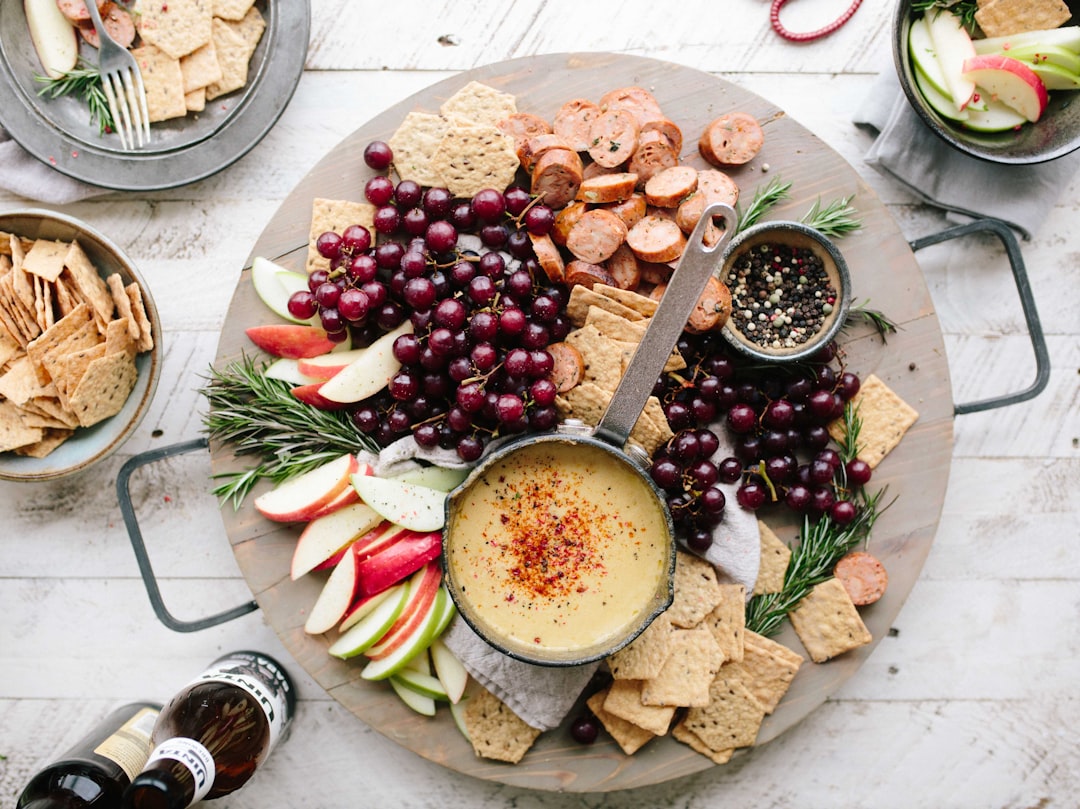
Hidden Foodie Gems You Must Try on Your Next Adventure.
# Introduction. Traveling isn’t just about visiting landmarks and taking pictures; it’s also about discovering the culinary culture that defines each destination. While popular restaurants and tourist traps are easy to find, true food lovers know that some of the best eats can be found in lesser-known spots—hidden foodie gems. This blog post will guide you through some of the most delightful under-the-radar dining experiences around the world that you simply must try. # Discovering Hidden Local Eateries. When exploring a new city, the first step to finding hidden foodie gems is to stray from the crowded tourist paths and immerse yourself in local neighborhoods. Small mom-and-pop shops often serve up dishes with recipes passed down through generations. Instead of large chain restaurants, look for cafes, street vendors, and markets where locals gather. For example, in Bangkok, head to the Old Town, where you can find street stalls selling authentic pad thai, prepared right before your eyes. # Embracing Regional Markets and Food Festivals. Regional markets are treasure troves for any traveling foodie. Not only do they present a wide variety of ingredients, but many markets also feature food stalls that offer freshly prepared meals. For instance, the Mercato Centrale in Florence is more than just a shopping destination. It’s a culinary paradise where you can sample truffle pasta, artisanal cheeses, and fresh pastries while mingling with locals. Similarly, food festivals and events often highlight regional cuisine and introduce you to local chefs and producers, making them perfect opportunities to discover hidden gems. # Dive into Unique Cuisine Trends. Each destination has its unique food scene influenced by culture, history, and the local environment. Don’t just settle for traditional dishes; explore what’s trendy. For example, the rise of farm-to-table dining is prevalent in cities like Portland, Oregon, where many restaurants prioritize sourcing local ingredients. A visit to a place like Le Pigeon will expose you to innovative dishes that reflect regional flavors and seasonal produce. New culinary trends are often birthed in less traditional settings, so keep your eyes peeled for underground supper clubs, food trucks, and pop-up restaurants. # Ask the Locals for Recommendations. Sometimes the best way to find hidden gems is simply to ask the people who live there. Strike up a conversation with locals at cafes, bookstores, or in parks, and inquire about their favorite dining spots. You might discover superb eateries that don’t appear on popular travel apps or guidebooks. Additionally, consider using social media platforms like Instagram or local food blogs that highlight unique dining experiences through hashtags relevant to the location you are visiting, enhancing your chances of finding noteworthy food spots. # Exploring Unconventional Dining Experiences. Once you’ve tackled the classic restaurants and street food, seek out unconventional dining experiences that elevate your culinary journey. From dining inside a former industrial factory to rooftop gardens overlooking city skylines, these unique settings can enrich a simple meal. When visiting Buenos Aires, check out El preferido, a restored eatery in a former grocery store where you can enjoy sandwiches made from locally sourced ingredients while surrounded by stunning Art Deco interiors. # Enjoying Home-Cooked Meals Anywhere in the World. For the ultimate food experience, nothing beats a home-cooked meal and the warmth of a local’s hospitality. Consider platforms that connect travelers with local families eager to share their culinary traditions through home meals. Programs like EatWith or Airbnb Experiences allow you to dine with a local host, learning about their cooking practices while savoring authentic, homemade dishes. A meal in a local home provides a cultural immersion that even the best restaurants can’t replicate. # Conclusion. Hunting for hidden foodie gems is an essential part of any travel adventure, turning meals into memorable experiences that connect you with the local culture. By exploring local markets, embracing unique trends, and reaching out to locals for recommendations, you’ll uncover culinary delights that make any trip extraordinarily enriching. So, next time you plan your journey, remember that the best eats are often the ones you least expect—delicious discoveries await! .








